Flint
This term is derived from the French phrase ‘goût de pierre à fusil’, which literally means tasting of flint stone. Flint, flinty or even gunflint are terms used to describe the minerality note that is found in dry, austere white wines, notably Chablis and Sancerre.
If you want to experience what flint smells like, next time you are walking in the South Downs, pick up two pieces of chalk and rub them together. If this isn’t an option, think of wet pebbles.
Chalky
The term chalky is usually applied to white wines with high acidity from cool climate terroirs with stony soils, and falls into the mineral category along with notes of flint and slate. Including Chardonnay wines from Chablis and Sauvignon Blanc from Sancerre.
Our ability to perceive these mineral flavours in wine has caused some disagreement between scientists and wine experts, but it is nevertheless widely used at tastings. (If you are struggling, try to imagine licking a piece of chalky rock.)
Sarah Jane Evans MW relates the term chalky to mouthfeel when talking about wines with minerality, describing them as having ‘a taste as if of licking wet stones and often a chalky texture to match’.
This can relate to the astringency of tannins, as the mouth-drying effect can recall the powdery or grainy feeling of chalk. For example a tannic red wine with a drying and lingering finish may be noted for its ‘chalky tannins’.
Caramel
The idea of caramel being swirled through your wine might be pretty sickly, but if it features subtly as a tasting note it can bring a luxuriantly developed sweetness to the nose and palate.
Don’t be mistaken, no actual caramel has been magically formed in the bottle. The caramel-like effect is sometimes created by the vines being intentionally infected with botrytis cinerea, aka noble rot — a form of fungus that dries out the grapes, concentrating sugar levels. This practice is commonly used in the production of dessert wines, such as those of the Sauternes and Barsac appellations, or Trockenbeerenauslese wines from Germany or Austria.
Botrytis can also alter the mouthfeel of a wine, as it digests sugar and acids and excretes glycerol in its place. So the developed sweetness and silky mouthfeel can lead to an sensorial impression of smooth caramel.
Lastly, this clever noble rot injects an enzyme called laccase, which is responsible for oxidising the wine, producing flavours ranging from apricot and almond to toffee and caramel. It can also induce deep golden hues, so the wine appears caramel coloured, too. Look for it in other oxidised wine styles, such as in tawny Port or Palo Cortado Sherry.
Another way to create caramel flavours is by the use of oak, because it can appear as a secondary aroma from oak-ageing, along with butterscotch and vanilla. This can particularly be detected in Chardonnays aged in American oak, rather than French oak.
Buttery
Buttery flavours or aromas are normally associated with white wines, and can be produced during malolactic fermentation or oak barrel-ageing. These wines are typically Chardonnays from California, Australia and Burgundy.
The effect of a buttery scent or taste can be produced by a chemical compound called diacetyl — it’s also added to artificial butter products and margarines. Diecetyl can also change the mouthfeel of wines, giving them a smoother and more rounded texture, as might be associated with butter.
In winemaking it occurs as a natural by-product of malolactic fermentation; the process by which bacteria converts malic acid into lactic acid — the same substance that is found in dairy products like butter.
Alternatively, buttery flavours and aromas can be produced during the process of barrel-ageing wines in new oak. A good example is an oaked Chardonnay like Louis Latour’s Meursault 1998, which can be found in Decanter’s how to read wine tasting notes guide. In these tasting notes ‘new wood’ flavours of vanilla appear alongside butter, both are secondary aromas that indicate at least some of the wine has been aged in new American oak.
In some instances, bâtonnage (stirring the lees) can produce butter-like flavours: the macromolecules imparted by the dead yeast cells create a smoother mouthfeel and richer yeasty flavours, which can be reminiscent of butter on the nose and palate.
Translated by ICY
All rights reserved by Future plc. No part of this publication may be reproduced, distributed or transmitted in any form or by any means without the prior written permission of Decanter.
Only Official Media Partners (see About us) of DecanterChina.com may republish part of the content from the site without prior permission under strict Terms & Conditions. Contact china@decanter.com to learn about how to become an Official Media Partner of DecanterChina.com.



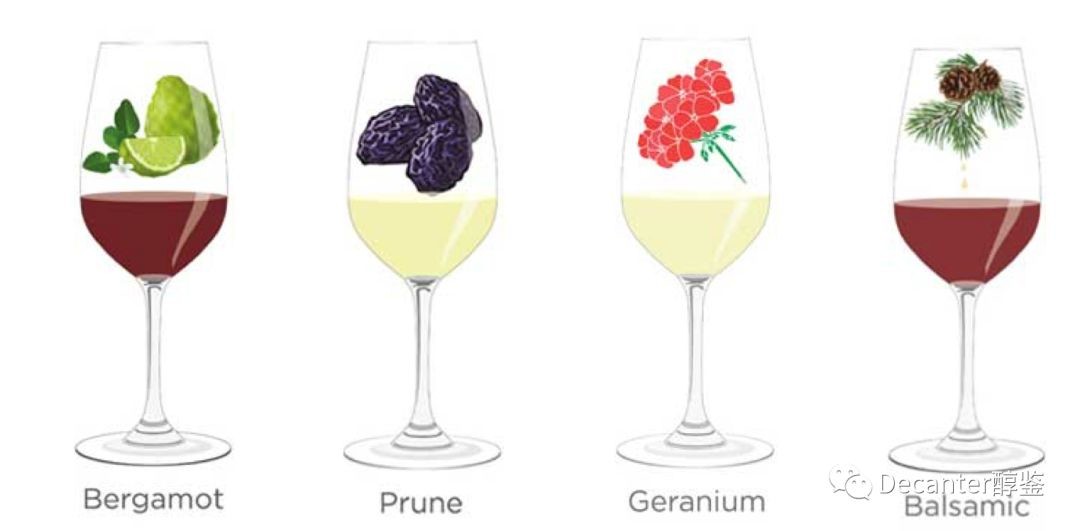
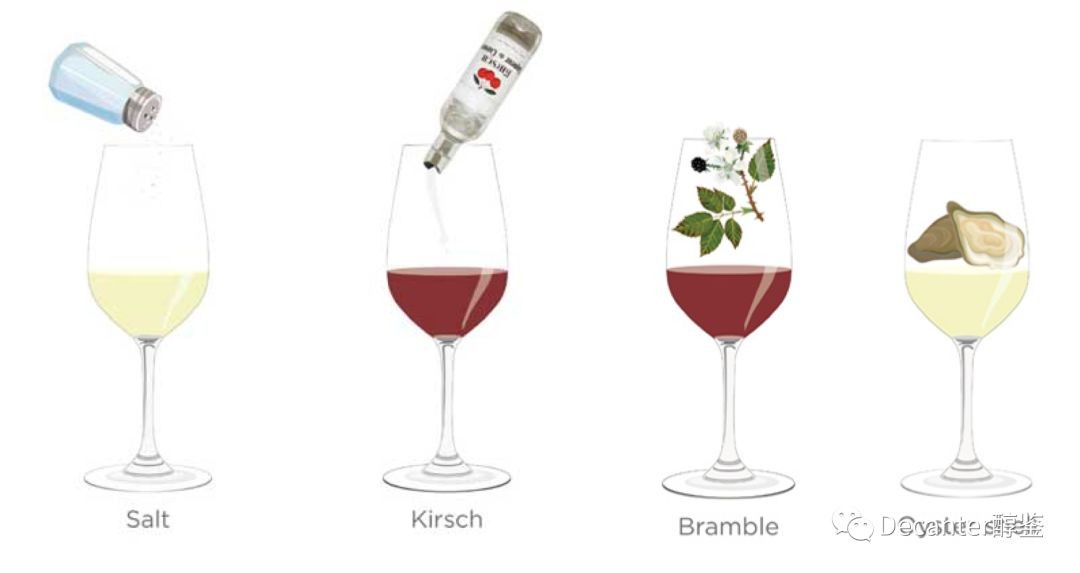
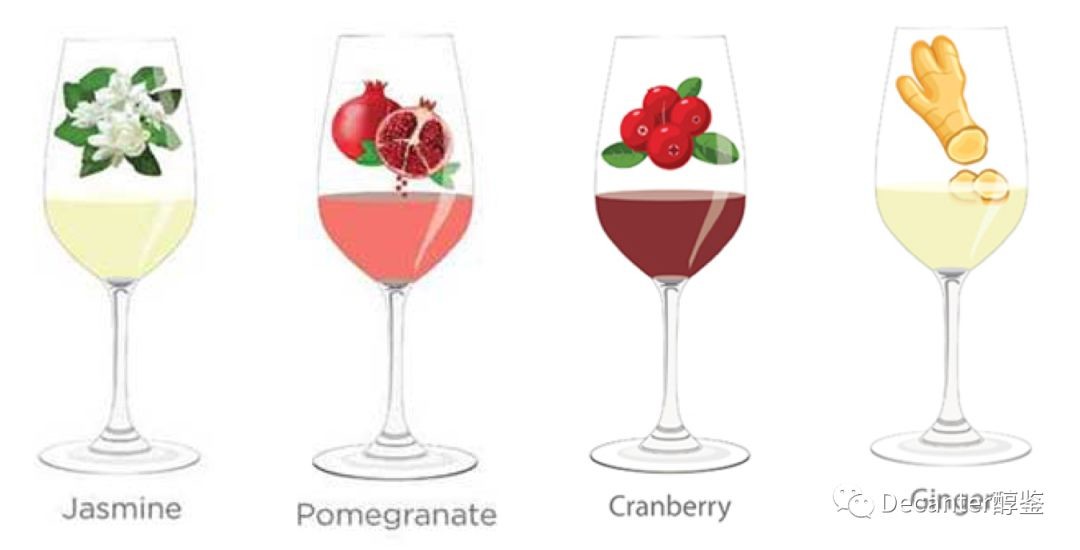
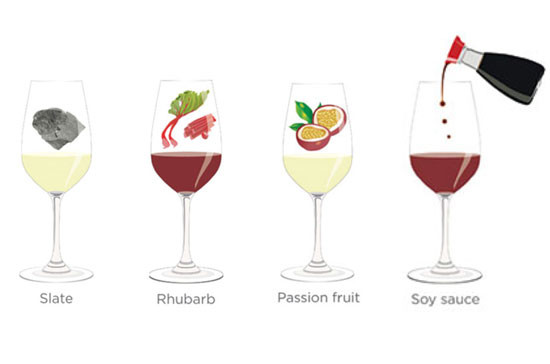
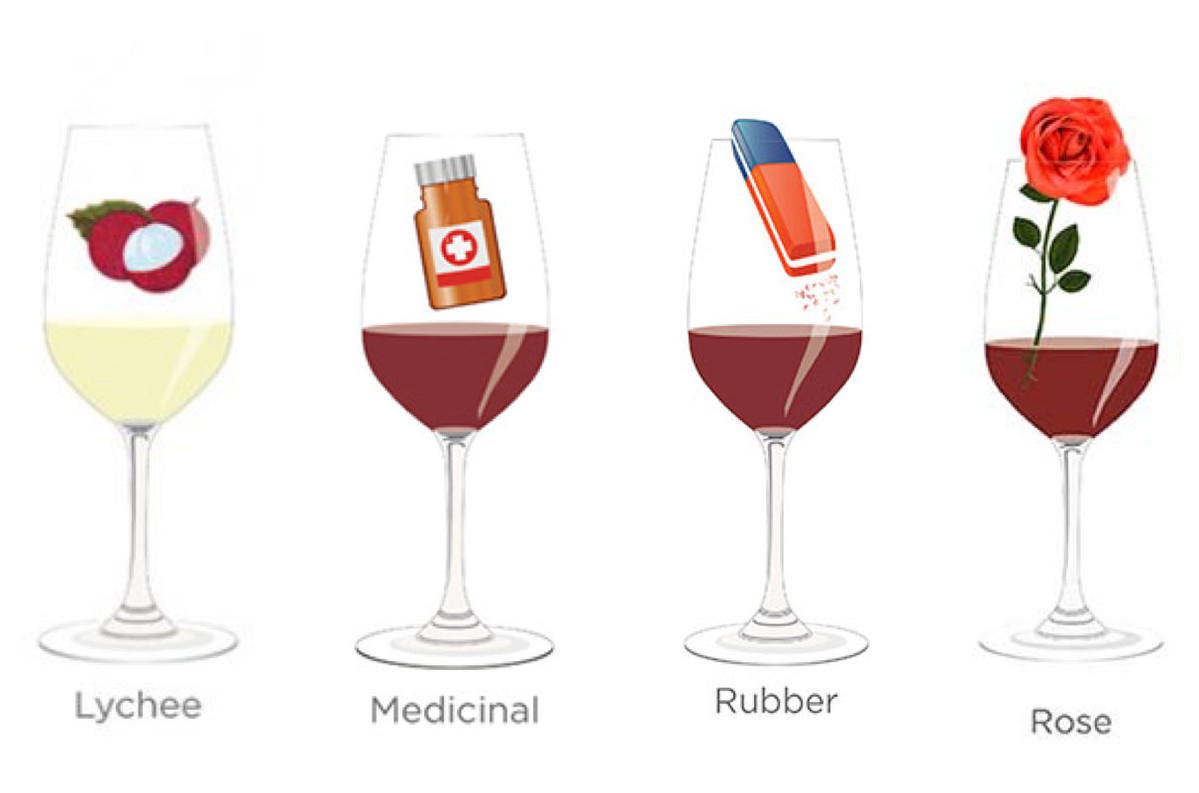
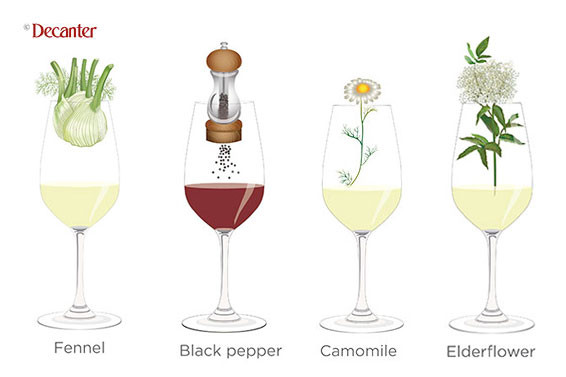
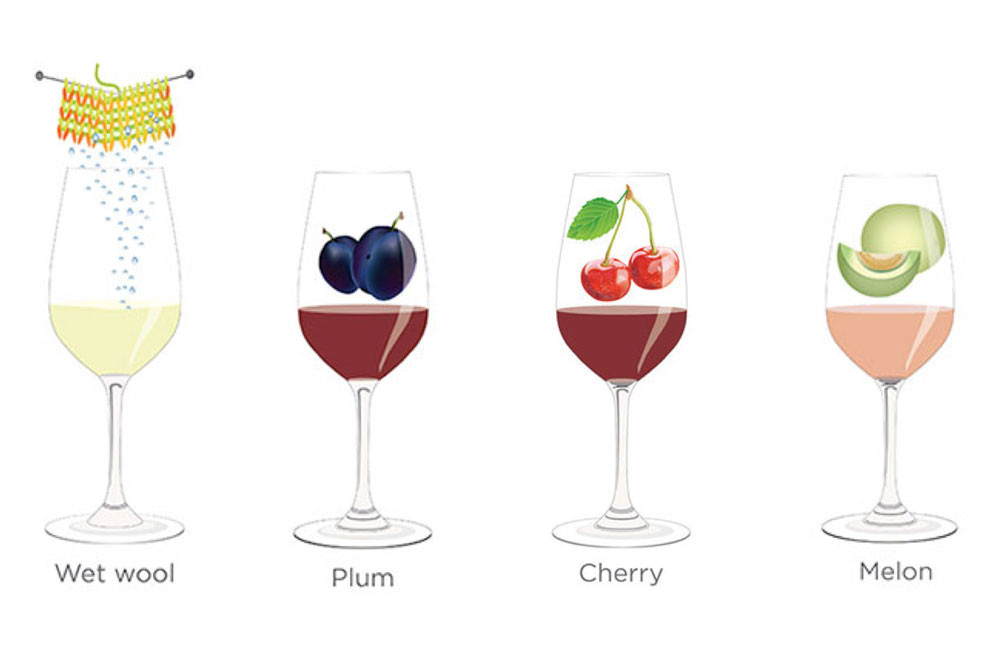
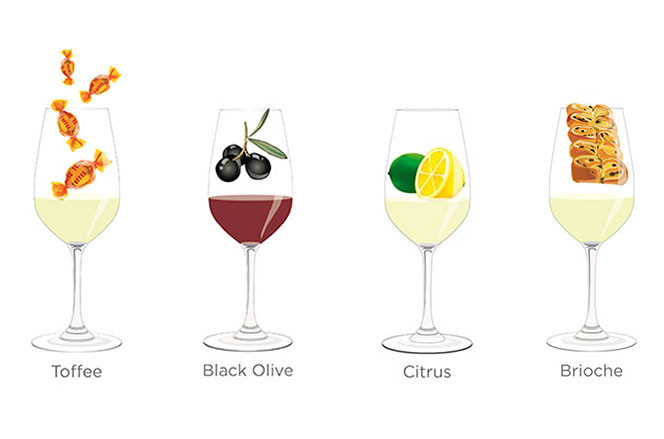
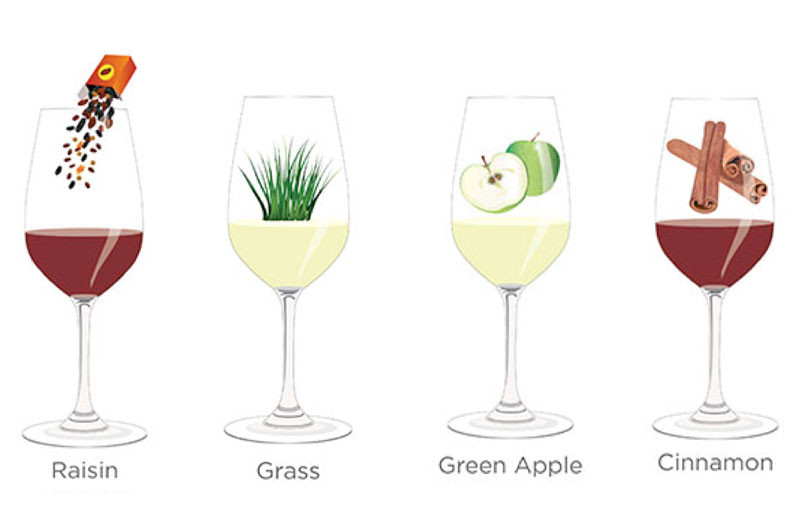
Comments
Submit